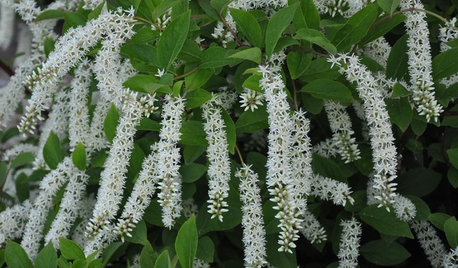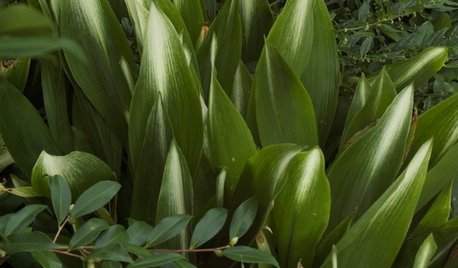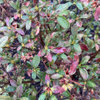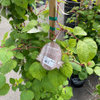I've read the leucothoe messages and no one has mentioned their "runners" - long stolons I hear can invade nearby garden beds. I have a bare spot in front of a white picket fence, beneath the high shade of a linden. My nursery suggested leucothoe but I don't want the kind with stolons and they did not comment on that. No book I have, and no data on Internet mentions this but my garden helper, very knowledgeable, says non-stoloniferous ones do exist.
I'm not happy about the foliage on this plant because it looks just like pieris, several big old ones are a big feature of my garden and bloom at the same time with a similar small white flower. One writer on this forum regards leucothoe as "back of the border" plants - in my location they would be prominent and I don't want them to look ratty.
Any suggestions about what I could plant there? I want something with a winter presence that can take shade. Previously in this location or nearby I had old rhodies that got leggy probably reaching for the sun.
If I am asking too much of one plant - winter interest, evergreen, different leaf and some kind of blossom, I'll just give up and plant box or evergreen and fill in with some hostas, which love me.











gardengal48 (PNW Z8/9)
auntbumpOriginal Author
Related Professionals
Alamo Landscape Contractors · Bellefontaine Neighbors Landscape Contractors · El Sobrante Landscape Contractors · Fort Payne Landscape Contractors · Melrose Landscape Contractors · 07920 Landscape Contractors · Northlake Landscape Contractors · Hesperia Window Contractors · Sarasota Window Contractors · Alameda Driveway Installation & Maintenance · San Jose Driveway Installation & Maintenance · Monroeville Decks, Patios & Outdoor Enclosures · Parker Decks, Patios & Outdoor Enclosures · Spanaway Decks, Patios & Outdoor Enclosures · Verona Decks, Patios & Outdoor Enclosuresego45
auntbumpOriginal Author
gardengal48 (PNW Z8/9)
Embothrium
ego45